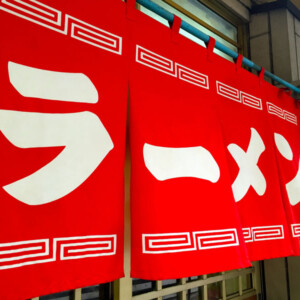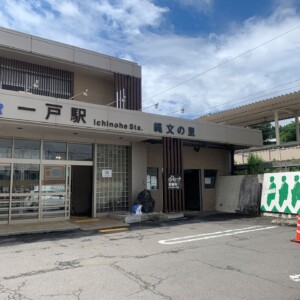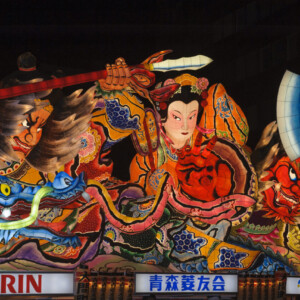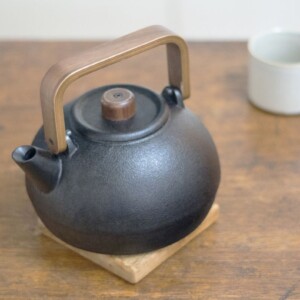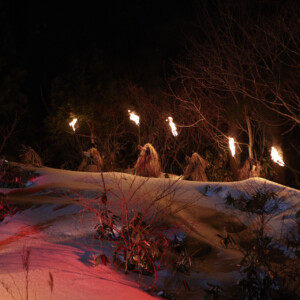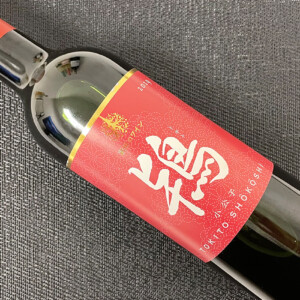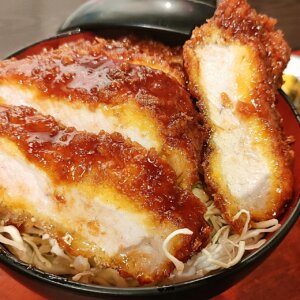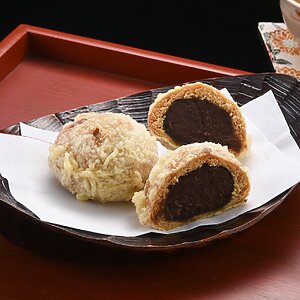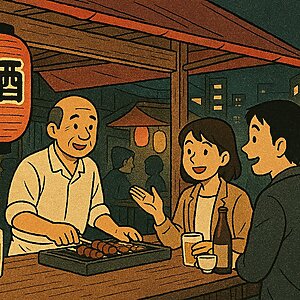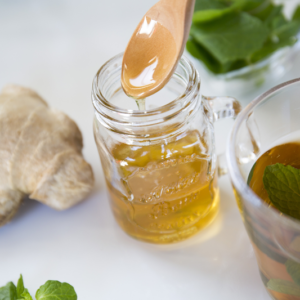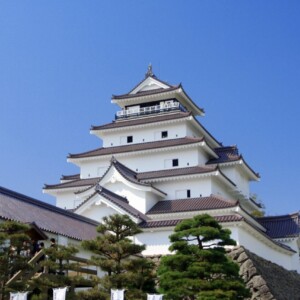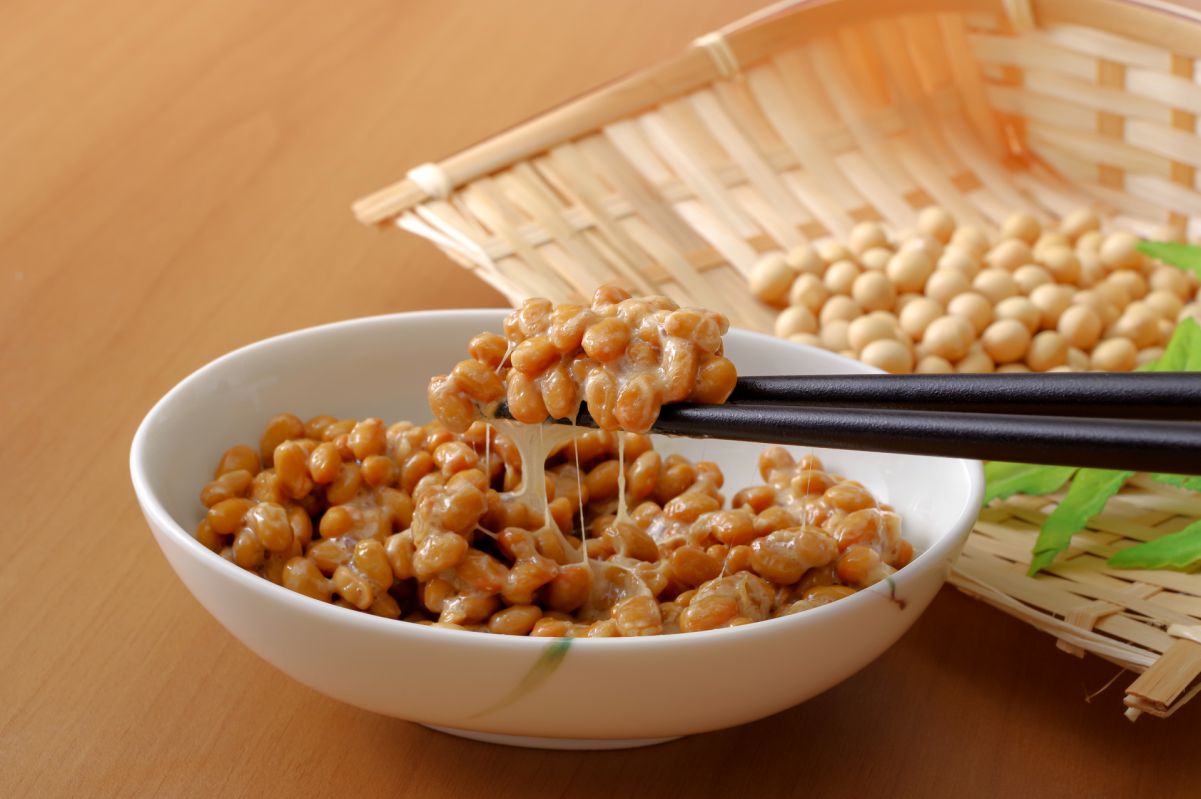
Did you know that Fukushima Prefecture is actually Natto Prefecture? We also introduce recommended products and secret natto arrangements
table of contents
When you think of cities and towns famous for natto, which ones come to mind?
Many people may think of Mito City due to its image and mascot characters, but Fukushima Prefecture is also one of the major consumer areas
In this article, we will introduce the secret behind Fukushima's high natto consumption and the fact that Fukushima-produced natto can't be found anywhere else in the country. If you love delicious food, be sure to check it out
Fukushima City, Fukushima Prefecture is the No. 1 consumer of natto
Fukushima City in Fukushima Prefecture is a major consumer of natto, ranking first in Japan. For the past three consecutive years, from 2019 to 2021, it has recorded the highest expenditure on natto per household (two or more people)
By the way, the rankings for 2021 are very close, with Fukushima City (6,157 yen) in first place, Yamagata City (6,111 yen) in second place, and Mito City (6,041 yen) in third place
Why is natto eaten in Fukushima Prefecture?
Moeka Kobayashi and natto from Fukushima Prefecture. Honoka
— Ishikawa-san (@0lsayumi14) June 16, 2019
Moeka Kobayashi and other natto from Fukushima Prefecture.
Moeka Kobayashi and rice from Fukushima Prefecture.pic.twitter.com/tdGRAz7iSN
We now know that natto is eaten on a daily basis in Fukushima Prefecture, but why has it become so ingrained in the country?
There are various theories as to why this is the case, and here we will introduce three of the most common theories
Natto was useful as a food reserve
It is said that natto began to be incorporated into everyday life in the late Edo period, when natto sellers appeared
At the time, the transportation network was underdeveloped in the snowy mountainous areas of Tohoku, and there was a risk of food transportation being delayed. In preparation for such an emergency, people had long stockpiled natto, a fermented food that does not spoil easily
Natto was a valuable source of protein
The second theory is that natto was a valuable source of protein in the mountainous areas of Fukushima Prefecture, which is divided into three areas: Hamadori, Nakadori, and Aizu
Of the three areas, Hamadori is rich in fresh seafood and animal protein, but in mountainous areas such as the Aizu region, sufficient protein sources could not be secured, so natto was made from soybeans, which are easy to grow in the poor soil of the mountains, and was incorporated into daily meals
In addition to the large number of people in households in Fukushima City, the city's proximity to the mountains means that natto has been popular there since ancient times
Natto is served in school lunches
The third theory is that natto is often served in school lunches in Fukushima Prefecture, so students are familiar with the taste of natto from a young age
5 Original Fukushima Natto
We will introduce varieties of natto that you won't often find in supermarkets, from standard natto to unusual varieties
Aizu Takada Natto, Large Grain Natto with Wooden Knife, Zunai
"Zunai" is a word in the Aizu dialect that means "big." As the name suggests, this natto uses "Ryuho" soybeans, which are large and characterized by their sweetness, allowing you to enjoy the full flavor of the beans
It has a distinctive moist texture and is delicious on top of rice, but it's also recommended to eat natto on its own
Aizu Takada Natto Yukimizuke
Yukimiduke is salted natto, originally made as a preserved food in the mountainous region of Aizu
To make it, natto is salted and left to soak for over a year, then seasoned with koji, sugar, and mirin. It has a strong salty flavor and a rich miso-like taste, making it a perfect accompaniment to rice or a delicacy to accompany sake
Kanayama natto
Kanayama natto is made using high-quality groundwater. The small grains have a firm soybean texture, and it's a simple yet timeless type of natto that you'll want to stock in your refrigerator
It is reasonably priced and is sold at most supermarkets in Fukushima Prefecture
Minori Natto Large
This natto is made using yellow soybeans from Heilongjiang Province, China, and is characterized by its soft texture and slightly sweet flavor
Each pack contains 90g of rice, and costs around 80 yen. It does not come with any sauce or mustard, so you can enjoy it with your favorite seasonings
Minori natto refill
Similarly, Minori Natto "Okawari" is served in school lunches in Fukushima Prefecture, making it a familiar type of natto in Fukushima
The flavor is mild enough for children to eat, but it is made with 100% Hokkaido soybeans, so you can really taste the delicious flavor of the soybeans
Transform your natto with just a little effort!
Natto is delicious on its own, but with a little extra effort it can be made even more flavorful. Here are some easy natto recipe ideas
Shio natto
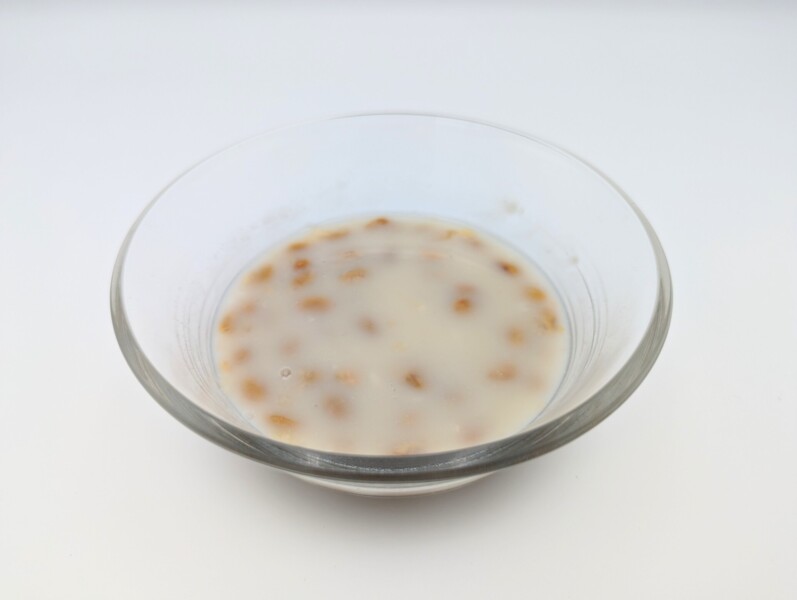
Hisho natto is a preserved food made by adding amazake (sweet sake) and salt to natto and letting it sit before eating
Add one cup of amazake to one pack of natto and stir, then add two teaspoons of salt and stir, let it sit for a few days and it's ready
Chinese cabbage natto
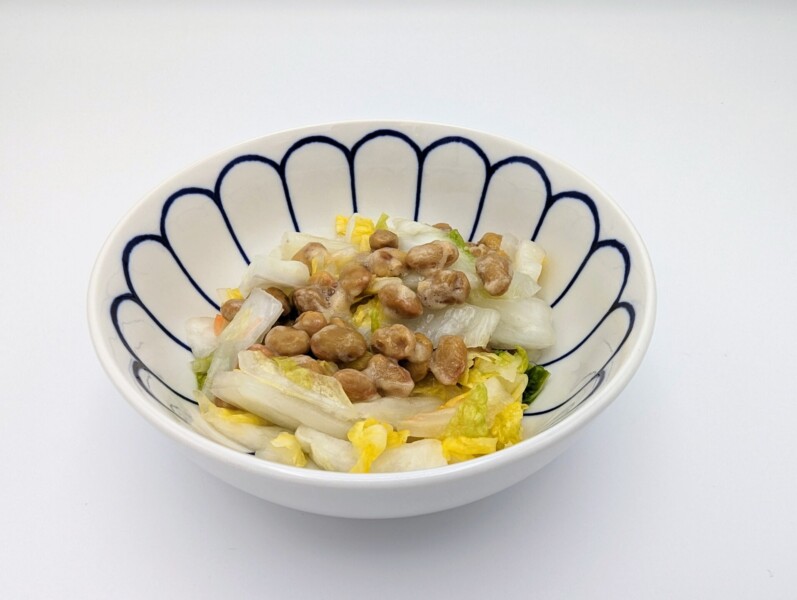
To eat natto and pickled Chinese cabbage, add chopped pickled Chinese cabbage to one pack of natto, mix lightly, and you're done

This is enough to eat as much rice as you want
Vinegared natto

To eat natto, add one teaspoon of vinegar and the sauce to one pack of natto and stir
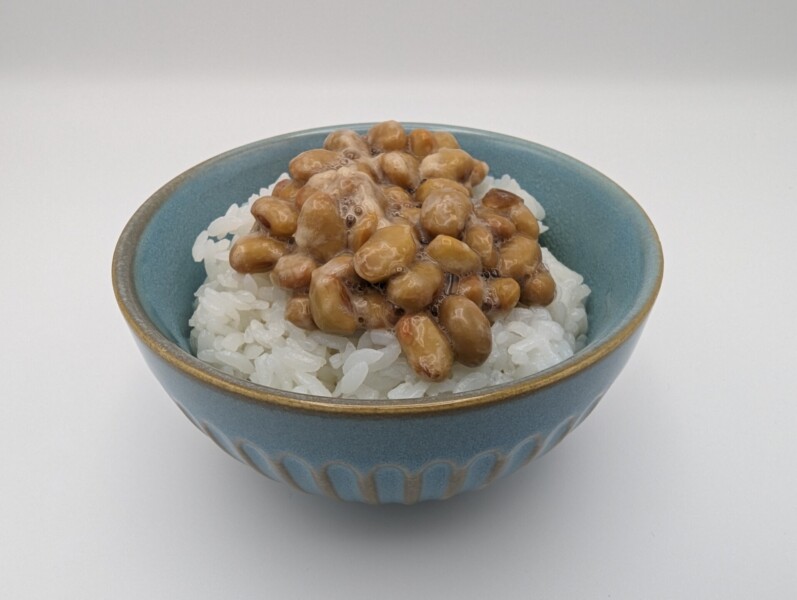
Just as kimchi and natto go well together, natto and vinegar also go perfectly together
Fukushima Prefecture is a treasure trove of delicious natto
This time, we explained why Fukushima Prefecture is surprisingly a major consumer of natto, and the natto that is loved by locals
Due to the nature of Fukushima Prefecture, various types of natto have been beloved as part of the food culture. You can still purchase natto produced in Fukushima at supermarkets and antenna shops, so why not give it a try as a side dish with rice?


![[Fukushima Prefecture] What is the local dish, Ikajin? It is now famous nationwide! Approaching the charm that continues to be loved 1157669_m](https://jp.neft.asia/wp-content/uploads/2021/11/1157669_m-150x150.jpg)
![Enjoy the thick, rich sweetness of the natural delicacy of "Anpo Kaki"! [Fukushima Prefecture] persimmon-g50ed7ced9_1920](https://jp.neft.asia/wp-content/uploads/2021/11/persimmon-g50ed7ced9_1920-150x150.jpg)
![What is the "Liar Festival" in Iizaka Town? With the hope that disaster will be turned into a lie [Fukushima Prefecture] 1182654_m](https://jp.neft.asia/wp-content/uploads/2021/12/1182654_m-150x150.jpg)
![Visiting Homare Sake Brewery | Enjoying an adult moment with Japanese gardens and sake [Fukushima Prefecture] 22981246_m](https://jp.neft.asia/wp-content/uploads/2021/12/22981246_m-150x150.jpg)
![Have a blissful drink at Takahata Winery! Discover carefully selected wines [Yamagata Prefecture] Takahata Winery sign](https://jp.neft.asia/wp-content/uploads/2021/12/PXL_20240417_023932143-150x150.jpg)
![Reborn Doyu Onsen! Four fun spots recommended for seasonal trips [Fukushima Prefecture] 2098743_m](https://jp.neft.asia/wp-content/uploads/2022/01/2098743_m-150x150.jpg)
![The lord of Yonezawa Domain, the journey to the history of Uesugi Takayama, what is the thought that was put into words "If you do it, you will become"? [Yamagata Prefecture] If you do it, it will happen.If you don't do it, it will not happen.If it doesn't happen, it's because you didn't do it for others.](https://jp.neft.asia/wp-content/uploads/2022/02/880054_m-150x150.jpg)
![[Fukushima Prefecture] Exquisite soy sauce soup that fills your mouth! What is the appeal of “Shirakawa Ramen”? Introducing 3 popular stores chopsticks-g7d308532c_1920](https://jp.neft.asia/wp-content/uploads/2022/01/chopsticks-g7d308532c_1920-150x150.jpg)
